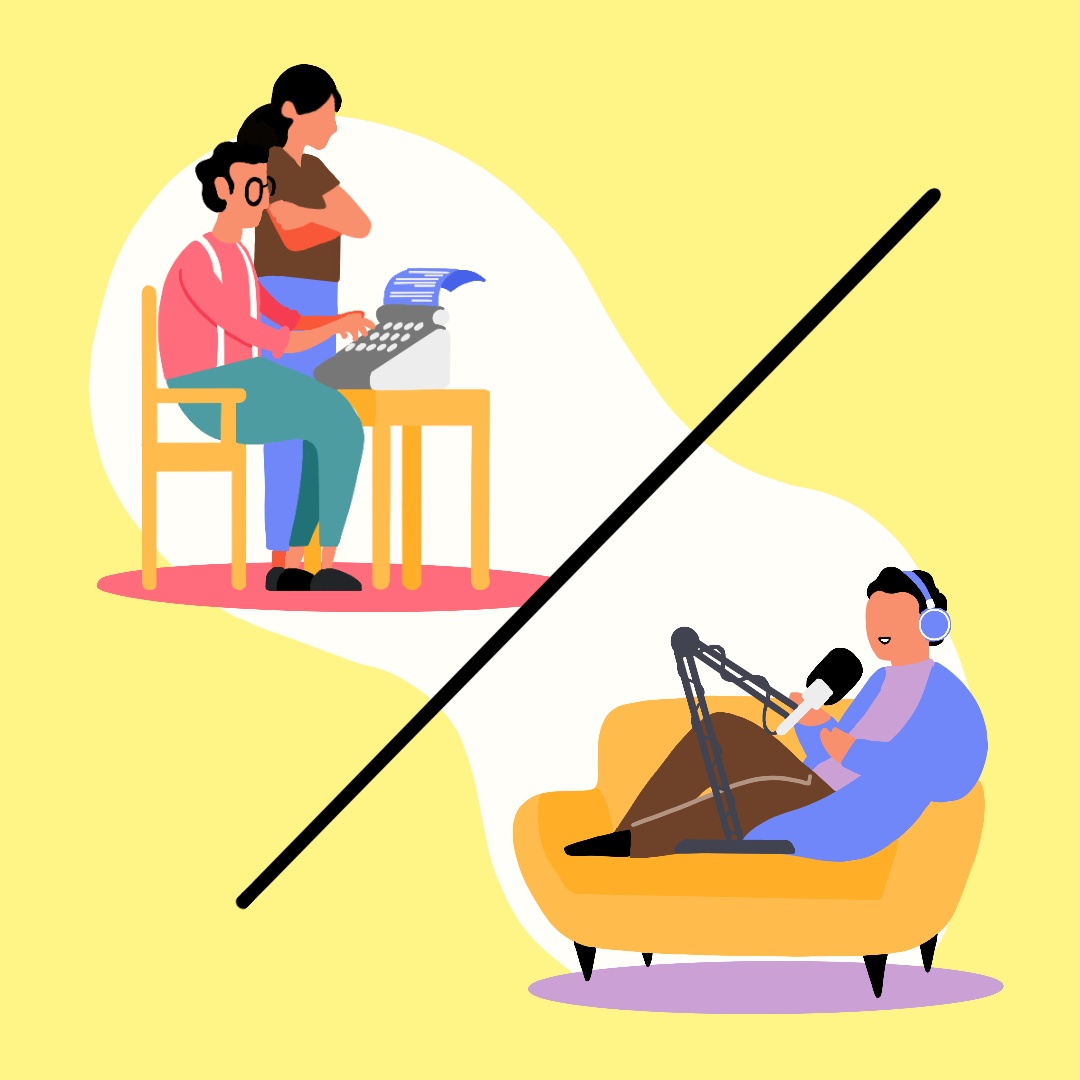The United States is in desperate need of a major revival of the feminist movement. With the retirement of Justice Sandra Day O’Connor, the first woman to be appointed to the Supreme Court, the number of women on this country’s highest court has been cut in half. This lack of representation on the Supreme Court is telling of larger feminist issues facing this country.
Women in the United States are attending law school in increasing numbers (some numbers suggest more than half of law school students are now women). Yet oddly there is a distinct lack of women partners in law firms, women judges and women in Congress. According to the U.S. Department of Labor’s Bureau of Labor Statistics, in 2000, women made up only 28 percent of all U.S. lawyers, and only 14 percent of those women made partner. According to the AFL-CIO, in 2004, women were still only earning an average of only 76 cents for every dollar men received. As the AFL-CIO put it, “The average 25-year-old working woman will lose about $455,000 to unequal pay during her working life.”
In this light, I would like to shout at the top of my lungs with arms flailing in the air: Where is the modern-day feminist movement?!
The absence of a strong feminist movement is frightening. In the 1920s courageous, unstoppable women like Elizabeth Cady Stanton, Susan B. Anthony and Lucricia Mott fought for women’s suffrage. In the 1960s and 70s, women such as Bella Abzug, Betty Friedan and Gloria Steinem battled for further political and social rights. These women throughout the 20th century had a strong following determined to rid the country of gender discrimination. So what happened to the feminist movement during this crossing into the 21st century? Have women not noticed the vast inequities still prominent, or have we just chosen to blindly ignore them and pretend they are in the past?
Sen. Dianne Feinstein, D-Calif., one of only 14 woman senators and the only woman serving on the Judiciary Committee, summed up the problem in her opening statement before Judge John Roberts when she said, “I remember, and many of the young women here don’t, what it was like when abortion was illegal in America.” There it is: It is history that is absent for many women of our generation. We step in dangerous terrain when we forget the roots beneath our rights. Assuming that reproductive freedom has always existed offends history and leaves us vulnerable to the future. Assuming that 76 cents to the dollar is good enough turns a blind eye to the countless women who sacrificed for years in efforts to earn equal pay for equal work. Assuming that the low number of women in legal professions stems from a lack of competitive drive insults the potential and strength of every woman who is treated as less capable because she has to leave work early to pick the kids up from school.
In the countless conversations I’ve had with women about feminism throughout the years, I am disheartened to often hear a variation of “Feminism is for dirty, bra-burning hippies. No, I am not a feminist, because I don’t hate men, and women are already equal enough.”
Those sentiments do not capture, and in fact vastly distort, feminism’s true nature. Feminism embraces all those interested in equality. A more accurate definition of feminism would come from the Merriam-Webster Dictionary, which is, “the theory of the political, economic and social equality of the sexes.” If George and Charles Merriam and Noah Webster get it, why can’t our generation of women?
This is not to say that there aren’t active and successful feminist organizations and feminists out there. There is EMILY’s List, which is “a political network” for getting “pro-choice Democratic women” into elected offices. There is a group of anonymous women, the Guerilla Girls, who strive to raise awareness and respect for female artists. There are feminist authors like Igna Muscio whose books include “Cunt” and “The Autobiography of a Blue-Eyed Devil.” At the University, there are organizations like the Women’s Forum and the Women’s Student Activist Collective. In St. Paul, there is the Women’s Building on Rice Street that houses organizations like the League of Women Voters and NARAL Pro-Choice Minnesota. There are internship and job opportunities in local, state and national government. There are positions begging to be filled at every level of University government.
Let’s start the modern day feminist movement right here, right now, straight out of the University of Minnesota. Men, women – unite! It is far past time to finally achieve full political, social and economic equality for the women in this country. The feminist movement is waiting – it is time to gear into action.
Abby Bar-Lev welcomes comments at abarlev@mndaily.com.







